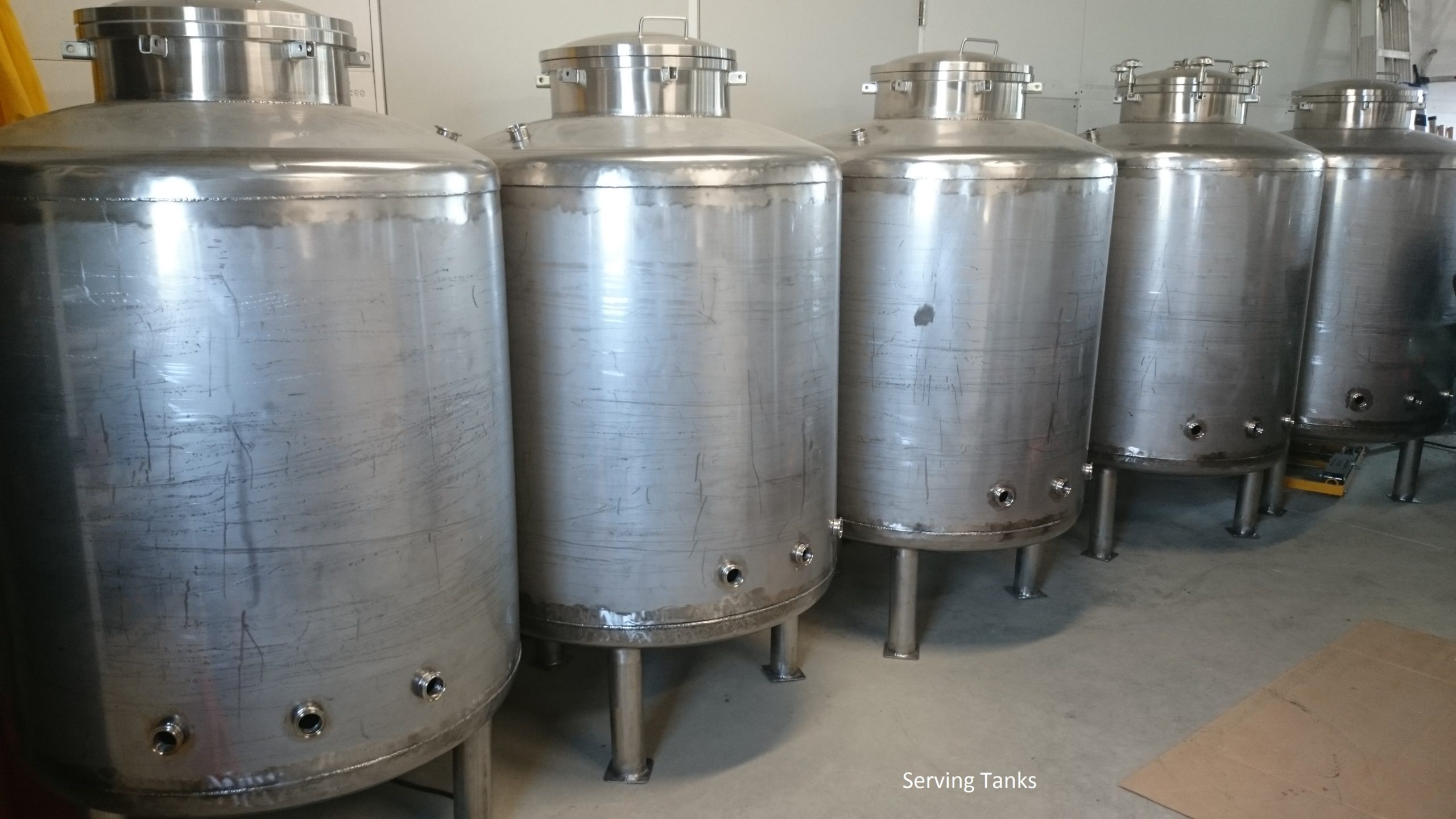
The skin of the External Tank is covered with a thermal protection system that is a 2.5-centimeter (1-inch) thick coating of spray-on polyisocyanurate foam.

The new design, right, uses heaters instead of foam, to prevent ice buildup. Falling foam opened a hole in one of Columbia's wings, leading to the orbiter's breakup on entry. The old design, left, used a foam ramp to prevent ice from building up on the fitting. Image Above: The bipod fitting that helps attach the External Tank to the orbiter has been redesigned. The reason for the difference in weight is that liquid oxygen is 16 times heavier than liquid hydrogen.

The hydrogen tank is 2.5 times larger than the oxygen tank but weighs only one-third as much when filled to capacity. The three main components of the External Tank are an oxygen tank, located in the forward position, an aft-positioned hydrogen tank, and a collar-like intertank, which connects the two propellant tanks, houses instrumentation and processing equipment, and provides the attachment structure for the forward end of the solid rocket boosters ( + View Graphic Showing Parts of ET ). The now nearly empty tank separates and falls in a preplanned trajectory with the majority of it disintegrating in the atmosphere and the rest falling into the ocean. When the Solid Rocket Boosters separate at an altitude of approximately 45 kilometers (28 miles), the orbiter, with the main engines still burning, carries the external tank piggyback to near orbital velocity, approximately 113 kilometers (70 miles) above the Earth. Learn more about the changes which have made the External Tank safer for Return to Flight: Approximately 8.5 minutes into the flight, with its propellant used, the tank is jettisoned.Īt liftoff, the External Tank absorbs the total (7.8 million pounds) thrust loads of the three main engines and the two solid rocket motors. The tank is the only component of the Space Shuttle that is not reused.

The tank is also the "backbone" of the Shuttle during the launch, providing structural support for attachment with the solid rocket boosters and orbiter. Click image to play video of External Tank separation (no audio) Photo credit: NASA. Image left: An External Tank falls back to Earth after being jettisoned from the Shuttle. The External Tank, or ET, is the "gas tank" for the Orbiter it contains the propellants used by the Space Shuttle Main Engines. + NASA Home > Mission Sections > Space Shuttle > Return to Flight > Space Shuttle System * Liquid oxygen is 16 times heavier than liquid hydrogen. NASA - The External Tank The site requires that JavaScripts be enabled in your browser.


 0 kommentar(er)
0 kommentar(er)
